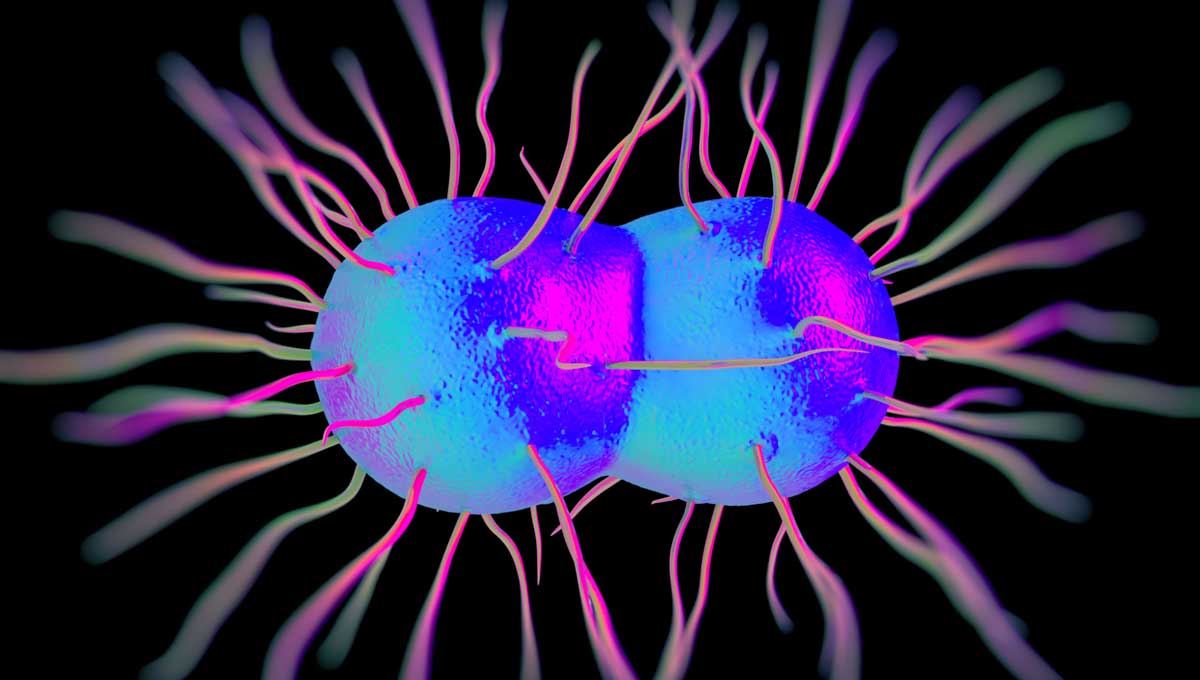
GONORRHEA
Also, known as ‘the clap’, Gonorrhea is another nasty sexually transmitted disease caused by bacteria Neisseria Gonorrhoeae. This bacterium usually, infects the moist areas of the body such as the genitals, cervix, uterus, fallopian tubes, anus, throat, mouth or even eyes.
Prevalence:
- More common in females
- The disease of the sexually active group
- can occur along with Chlamydia infection
- Sexually active teenagers and young adults are more prone to gonorrhea
- predisposes one to other STDs
Spread through:
Similar to other STDs, Gonorrhea spreads mainly through sexual contact
- Unprotected vaginal sex with an infected person
- Oral or anal sex
- Sex with multiple partners
- From mother to baby
- Contact with the infected discharges/fluids
- Gay or bisexual relationship
Symptoms:
Apart from being asymptomatic, gonorrhea can produce the following symptoms within few days to a month after exposure to the bacteria.
- Yellowish/greenish discharge from the genitals
- Pain in passing urine
- Pain during or after sex
- Pain in anus/vagina/penis
- Abnormal discharge from rectum or urethra
- Bleeding in between menses
- Soreness or burning in throat
- Pain in eyes or conjunctivitis.
- swelling of genitals
- Baby born of an infected mother may suffer from blindness or life-threatening infection.
If not treated on time, it may lead to pelvic inflammatory diseases (PID) in females leading to infertility or ectopic pregnancy. In males too, it may cause infertility or prostate cancer. Other common complications include widespread gonorrheal infection in other parts of the body including blood, muscles, and joints, which can be fatal.
Prevention:
- Use a condom for every sexual contact
- Maintain a single-partner relationship
- Get regularly tested
- Avoid sex, when the infection status of the partner is not known.
Diagnosis:
A blood sample or a swab of the affected area may be checked to detect the infection.
Treatment:
Easily treatable with a course of antibiotics
Get a free Online Doctor Consultation at DrSafeHands
